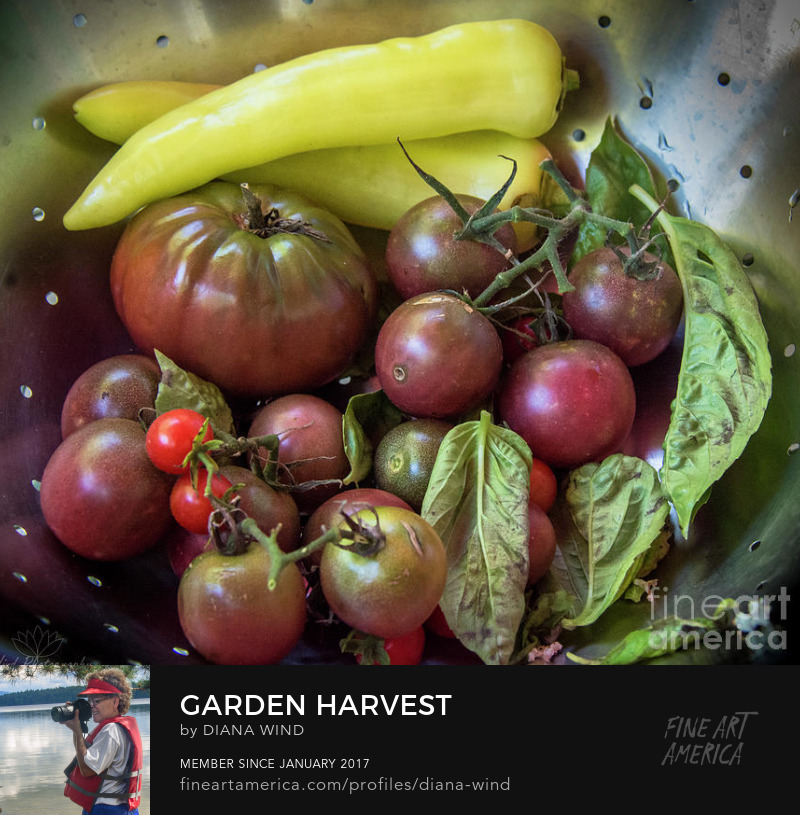Asparagus Berries
Long after the Spring harvest, Asparagus officinalis goes to seed. Female asparagus produce seeds that look like small red berries. Yes, there
are male and female asparagus plants! Female plants put more energy into
making berries (seeds) at the end of the season - as you can see in the photo shown above, which was taken today. We would like to add more male plants to our asparagus patch to yield even more nutritious spears. Asparagus can be grown from seed, if you don't mind waiting 2-3 years for the plants to mature. We prefer to start asparagus from crowns (established roots that can be ordered from growers). Either way, asparagus grows easily and carefree. Asparagus are perennials, which means they will come back every year.
After the spring asparagus season, the spears will grow into a tall dense clump of asparagus ferns throughout the summer. Resist the temptation to cut back untidy asparagus ferns until they are completely dead; there should be no yellowing left. You could also just leave them alone through the winter and trim the dead ferns back in early spring before any new growth begins.
Asparagus provide dietary fiber, plant stanols and many nutrients - especially a good source of Vitamin A, Iron and Folate.
GardenCuizine Asparagus Nutrition: 80g uncooked (approximately 4 large spears): protein: 1.76g (4%DV), dietary Fiber: 1.6g (6%DV), Iron: 1.72mg (10%DV), Magnesium: 12mg (3%DV), Phosphorus: 40mg (4%DV), Potassium 160mg (5%DV), Zinc: .44mg (3%DV), Vitamin C: 4.4mg (7%DV), Riboflavin: .112mg (7%DV), Niacin: .784mg (4%DV), Folate: 40mcg (10%DV), Vitamin A: 604IU (12%DV), Vitamin E: 1.37IU (5%DV), Vitamin K: 33.2mcg (42%DV)
Related Links
Growing Asparagus
Growing Asparagus in the Home Garden
Photo and blog post Copyright (C)2012 Wind. All rights reserved.





























No comments:
Post a Comment